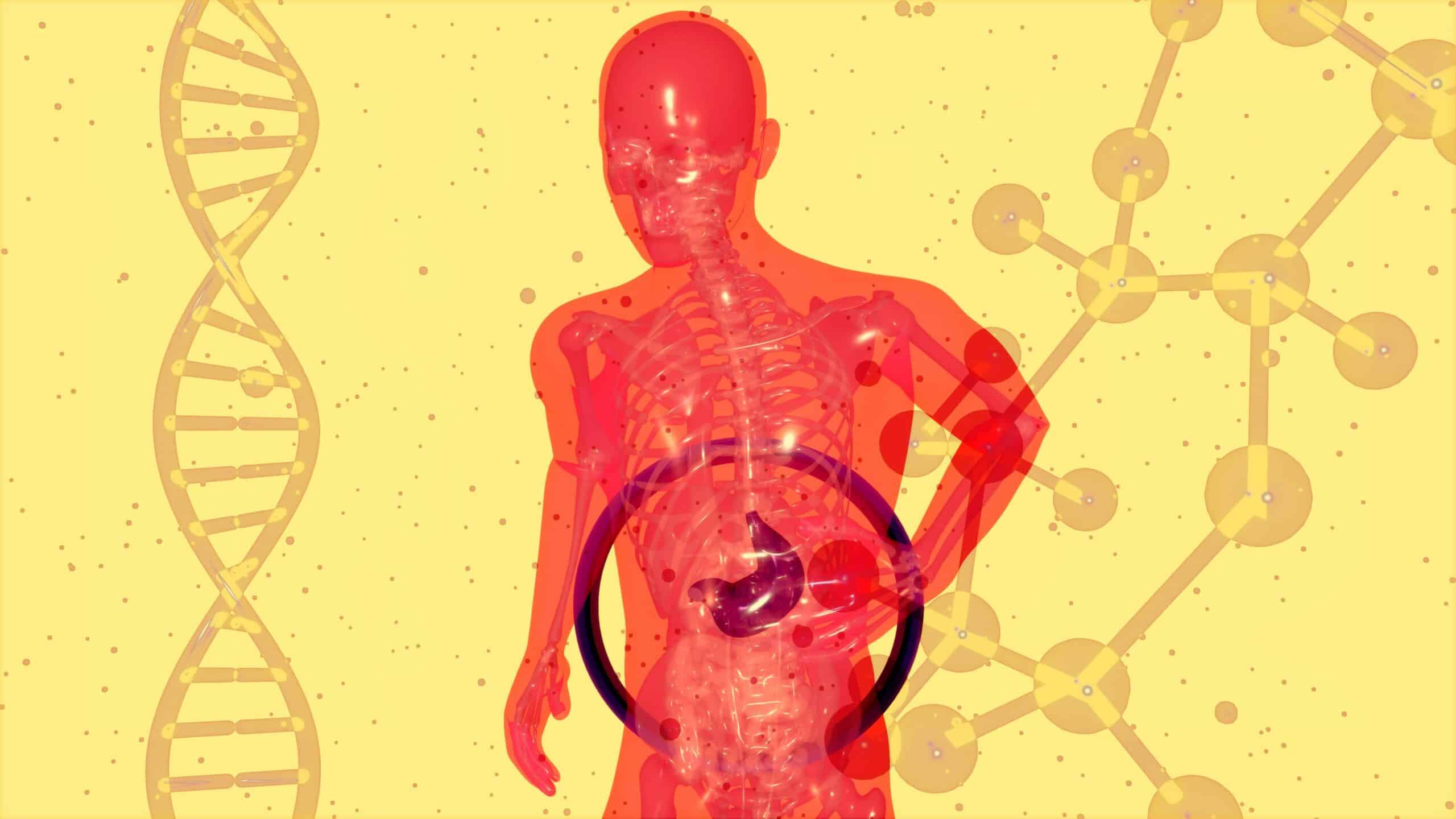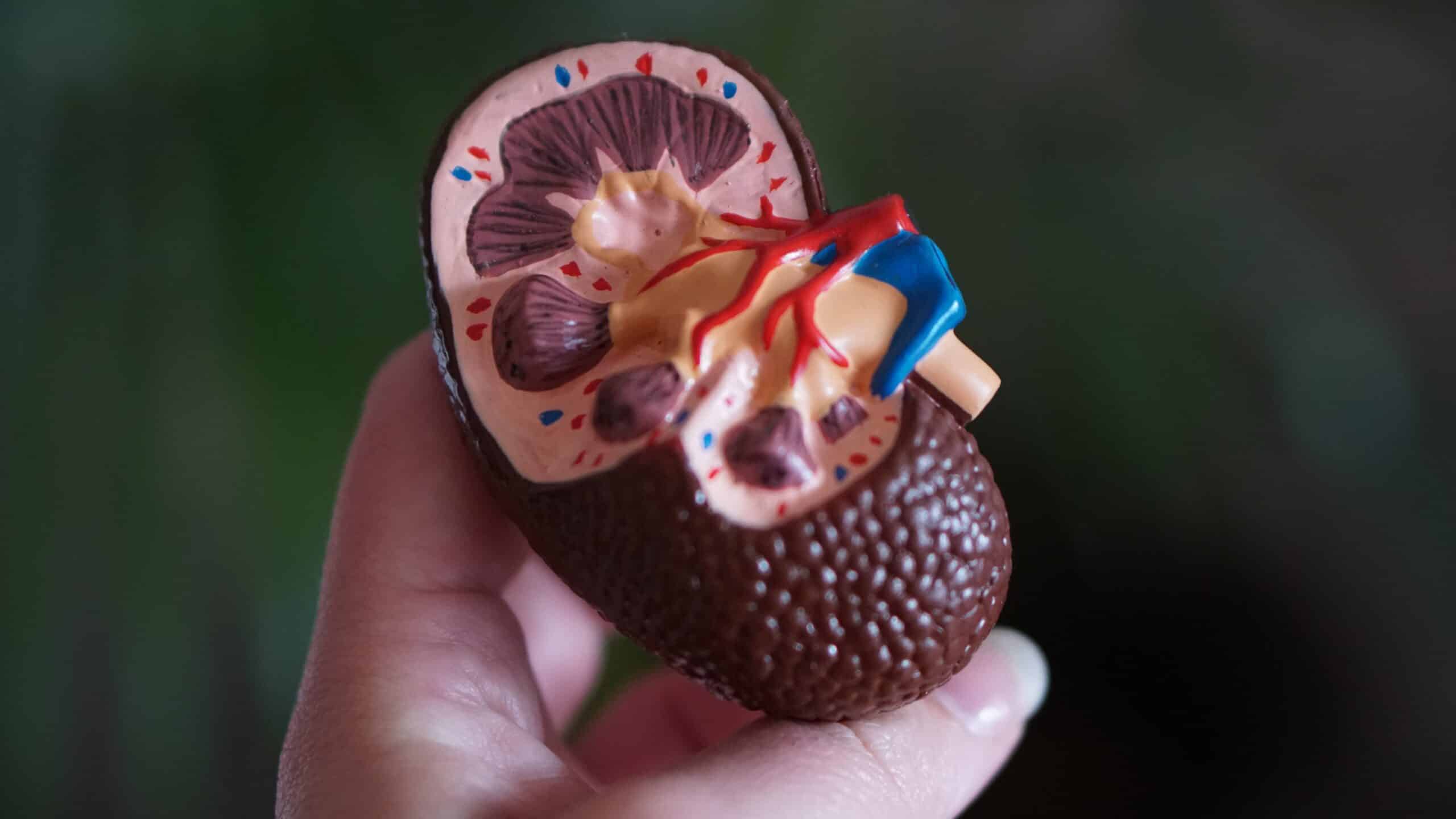The Insides of Alcoholism and Exercise
By Shane Piccolo, Certified Personal Trainer
I have never struggled with alcohol or drugs, or been addicted by any typical means. I do, however, work in an addiction treatment facility’s wellness center, and am viewed as an expert on all things fitness and nutrition. I started exercising myself to transform a body I was unhappy with, but I came to find my passion for helping those who need to exercise to better their health years ago when I started training in clinical settings, rather than for profit gyms. Working with those starting in recovery has been eye-opening, and very rewarding. It doesn’t matter if you are recovering or not, we all have the same motivations. My team and I try to instill the importance of exercise in recovery with every person that enters our doors. We discuss the means of remaining consistent with a workout program that we help to design for patients, as well as educate on proper diet and nutrition. Often, it appears new patients only look at working out as a means of changing your appearance. It takes a few weeks or longer for most to realize how much better they feel after a workout, compared to their former use or inactive lifestyle. Usually, patients will chalk it up to the building of muscles, how they feel when looking in the mirror, and how their clothes fit. What many don’t realize, and the point of this article, are the changes going on inside of their bodies going unnoticed in alcoholics.
“Fitness and healthy eating were two things that had absolutely nothing to do with my life prior to coming to [treatment]. I made attempts, but never stuck to it or took it seriously. After all those years of abusing my body to drugs, I went to [treatment] and decided to make changes – partly because I could no longer rely on drugs to keep me “thin” anymore. [Treatment] was my entry into healthy eating habits and working out. I slowly began seeing results. I felt good – a natural good.”
– Noel K.
Alcohol And Exercise: How It Affects Your Body
Alcoholism and alcohol abuse affects every working system of the body. Obviously, the liver is most affected by the constant demand of filtering the toxins puts it into overdrive, potentially leading to alcohol-induced fatty liver disease. This overdrive then engages the pancreas to work harder to produce insulin to regulate blood sugar from the alcohol, typically leading to an increased risk of Diabetes Type II. The overwork on the pancreas will cause inflammation, thus affecting the digestive system leading to irritable bowel syndrome, incontinence, and gastric ulcers or esophageal varices. The kidneys take on the effort of regulating hydration and electrolyte levels, leading to altered mental status, dehydration, personality issues, and cardiac issues. The early cardiac issues will lead to cardiomyopathy, better known as heart disease, heart attacks, circulation problems, and stroke. Stemming from these issues will affect the reproductive system in males leading to erectile dysfunction, or in women, irregular menstruation. In both men and women, alcoholism can lead to infertility. The major effect on the skeletal system stems from the inability to absorb the right nutrients, leading to thinning bones, weakened muscles, and loss of motor control. With these internal battles, the immune system would be strained in a non-drinking person, however, in those with alcohol use disorder the system is at a weakened state and makes individuals more vulnerable to catching any type of illness like pneumonia or tuberculosis. With so much going on internally, the damage seems catastrophic. However, our patients are proof that exercise and proper nutrition show an increase in return to normal functions than detox alone. From the external standpoint, the body will increase muscle mass, and decrease body fat. Internally, this increase in muscle mass will lead to stronger muscles that allow better movement and control throughout the day. Weightlifting causes the skeletal system to become stronger as bone density increases. Implementing a cardiovascular routine of any type will help to counter the disrepair of the cardiovascular system by lowering the dangerous levels of low-density lipids which cause heart attack and stroke. Cardiovascular exercise does not need to come in the traditional sense of running or biking but encompasses an elevation in heart rate for a prolonged period of time, including weight training. The fatty cholesterol blocking the arteries will begin to dissipate causing a more efficient cardiovascular system allowing better oxygenation of cells. Proper oxygenation of cells across the body will allow the body to begin healing. The immune system will become stronger due to the boost in white blood cells leading the ability to remove problematic germs faster. The increase in improved circulation will benefit your kidneys as they will become better equipped to filter hydration levels and excreting the excess. Unfortunately, diabetes is not a curable disease, but resistance training will help regulate blood sugar levels lessening the need for medications. Alcohol-Induced Fatty Liver Disease is another illness that cannot be reversed completely, but exercise and a healthy diet full of vegetables and fruits will help. Mental fog from prolonged alcohol use will begin to clear after a short time of consistent exercise. The brain will release chemicals that will improve mood, increase brain functions and provide the body with a stronger control center on a whole.
“I have worked out most of my life but the depression killed that part of me… The personal trainers were very knowledgeable and pushed me hard as well as listening and modifying exercises if you had injuries. However, the best part was they were an extension of the [treatment] therapy staff. I came with low self-esteem and hated my body. [The trainers] all helped me with wanting to be fit and not focusing on being fat.”
– Debbie H.
What Deb talks about is a common occurrence. Most of the patients deal with mental anguish and a poor self-image. As someone who started working out to change how I looked, I know how harmful these thoughts can be. Aside from the physical changes that occur throughout the body due to alcoholism, the cause of excessive drinking might be treated through exercise as well. We see low self-worth, depression, anxiety, and trauma at the top of the list that leads to alcoholism. Exercise allows our patients to feel stronger through accomplishments. The inevitable fear of the unknown is suppressed because our patients learn how to assess the situation, plan appropriately and reach their goals through developing a program designed specifically for them. Depression caused by trauma or chemical imbalance will be attended to by an increase in dopamine and serotonin. When low, both neurotransmitters are linked to depression, increased risk of suicide, and a higher chance of mental illness. Exercise is proven to increase and regulate serotonin levels, and more studies are being conducted frequently to support the same for dopamine levels. The benefits of exercise reach far beyond changing appearance and change the quality of life of those who partake. Mental instability, problematic illnesses, and a domino effect of one system falling to the effects of alcoholism are a concern from all. The first step to stopping the impending destruction is to stop drinking and begin detoxification at a facility where it is closely monitored to prevent other issues from starting such as seizures. The next equally important step is to begin replacing the harmful habit of reaching for a drink with starting an exercise program that will make the road to rehabilitation one worth fighting for. The lessons we provide are lifelong, reaching beyond the walls of the wellness center and into recovery.
“I had not worked out in years prior to my stay at [treatment] and it was there that I got back on track. Because of the wonderful and knowledgeable staff there, I am several months after rehabilitation, sober and healthier than ever. I incorporated everything that I learned at [treatment] fitness into my current workouts and still have the things the staff told me in my head as constant guidance and reminders of how to do and be my best.”
– Claudia M




